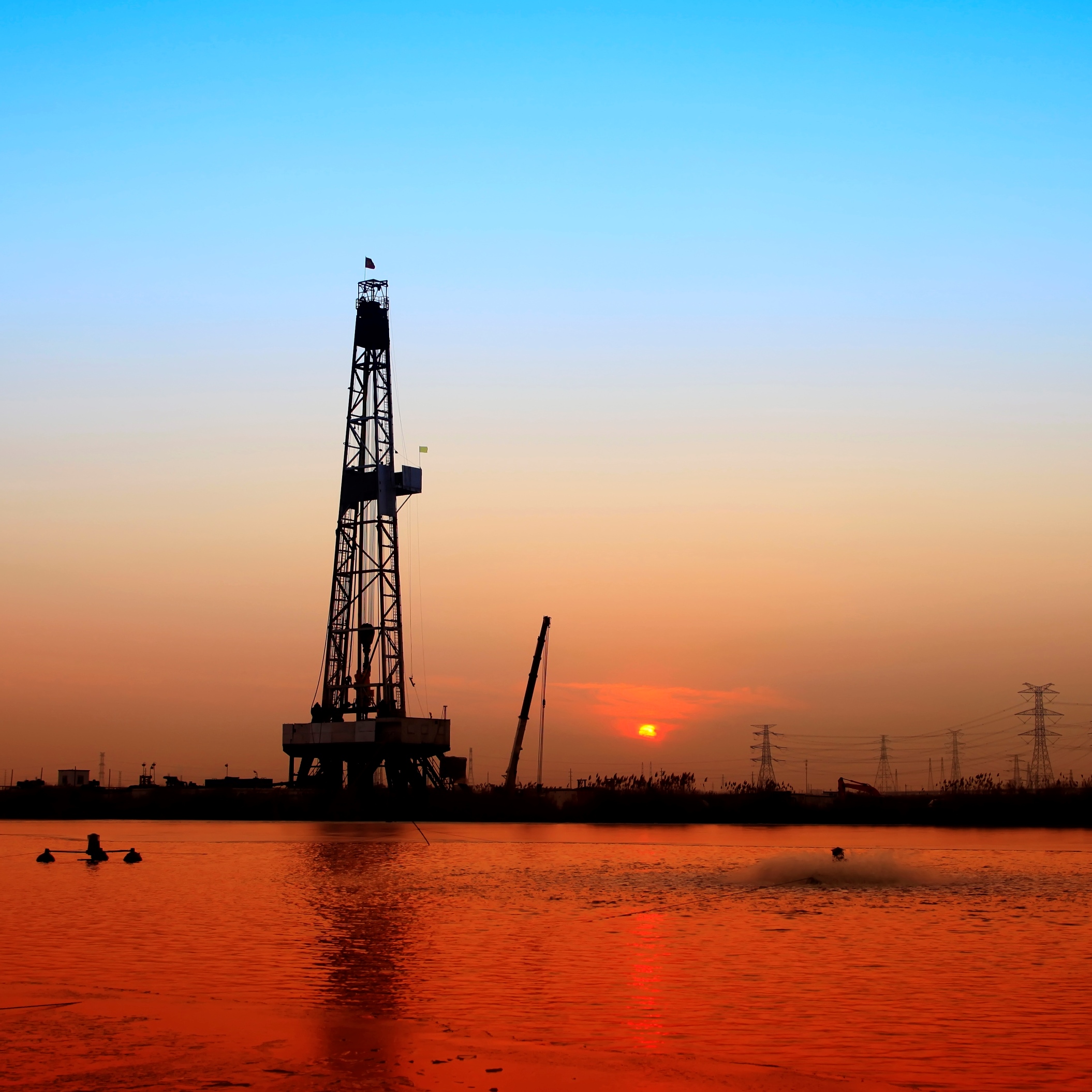
The plunge in oil prices that began at about this time in 2014 has cut the price of crude in half and put severe strains on countries that depend heavily on oil for revenue generation. In most cases, that revenue is driven by exports because demand from within these countries isn’t enough to soak up all the oil produced.
The poster child for the impact of low crude prices is Venezuela, a founding member of OPEC and the country with the largest proved reserves in the world, with more than 298 billion barrels of viscous, sulfurous crude that costs nearly $30 a barrel to extract. Venezuelan crude sells at a discount to light, sweet Brent or West Texas Intermediate (WTI) no matter what the price because the heavy crude is much more costly to refine. According to a new report from Visual Capitalist at Equities.com, Venezuela’s cost per barrel to extract its oil averaged $23.50 in 2015, compared with $9.90 in Saudi Arabia, holder of the world’s second largest amount of proved reserves.
Venezuelan oil exports accounted for 96% of export revenues in 2012, according to a World Bank study, and nearly half the country’s fiscal revenue. The average price for a barrel of Venezuelan crude was $103.42 in 2012, the highest it’s been since 2008. In 2015 the average was $44.65 a barrel, a drop of nearly 50% from $88.42 in 2014.
When half the government’s revenue is cut by 50%, and that half represents virtually all Venezuela’s export revenues, there is almost no chance that anything good will result. Visual Capitalist points out the general effects of the tumbling prices and the relatively high fixed costs:
- Countries that have a high cost of production per barrel are going to find it tough to make money in a low oil price environment.
- Countries that are major producers or exporters tend to rely on oil revenues as a major economic driver.
- Oil producers that are major exporters also have to deal with another factor: the effect that low oil prices may have on their currencies.
Countries where production costs are higher even than in Venezuela are Brazil, where the country’s gigantic offshore fields drove costs to an average of $48.80 a barrel in 2015, and Canada, where oil production costs run to $41.10 a barrel. With Brent crude putting up a benchmark price of nearly $50 a barrel Monday, it’s not hard to see how little margin Brazil’s fields operate on.
Canada’s margin is somewhat better, but earlier this year research firm IHS estimated that a new oil sands mine, without upgrading facilities, would require a WTI price of $85 to $95 a barrel to break even. A new steam-assisted gravity drainage (SAGD) project needs about $55 to $65 to break even, and expanding an existing SAGD project requires a WTI price of between $50 and $60 a barrel in order to break even.
Travel Cards Are Getting Too Good To Ignore
Credit card companies are pulling out all the stops, with the issuers are offering insane travel rewards and perks.
We’re talking huge sign-up bonuses, points on every purchase, and benefits like lounge access, travel credits, and free hotel nights. For travelers, these rewards can add up to thousands of dollars in flights, upgrades, and luxury experiences every year.
It’s like getting paid to travel — and it’s available to qualified borrowers who know where to look.
We’ve rounded up some of the best travel credit cards on the market. Click here to see the list. Don’t miss these offers — they won’t be this good forever.
Thank you for reading! Have some feedback for us?
Contact the 24/7 Wall St. editorial team.




